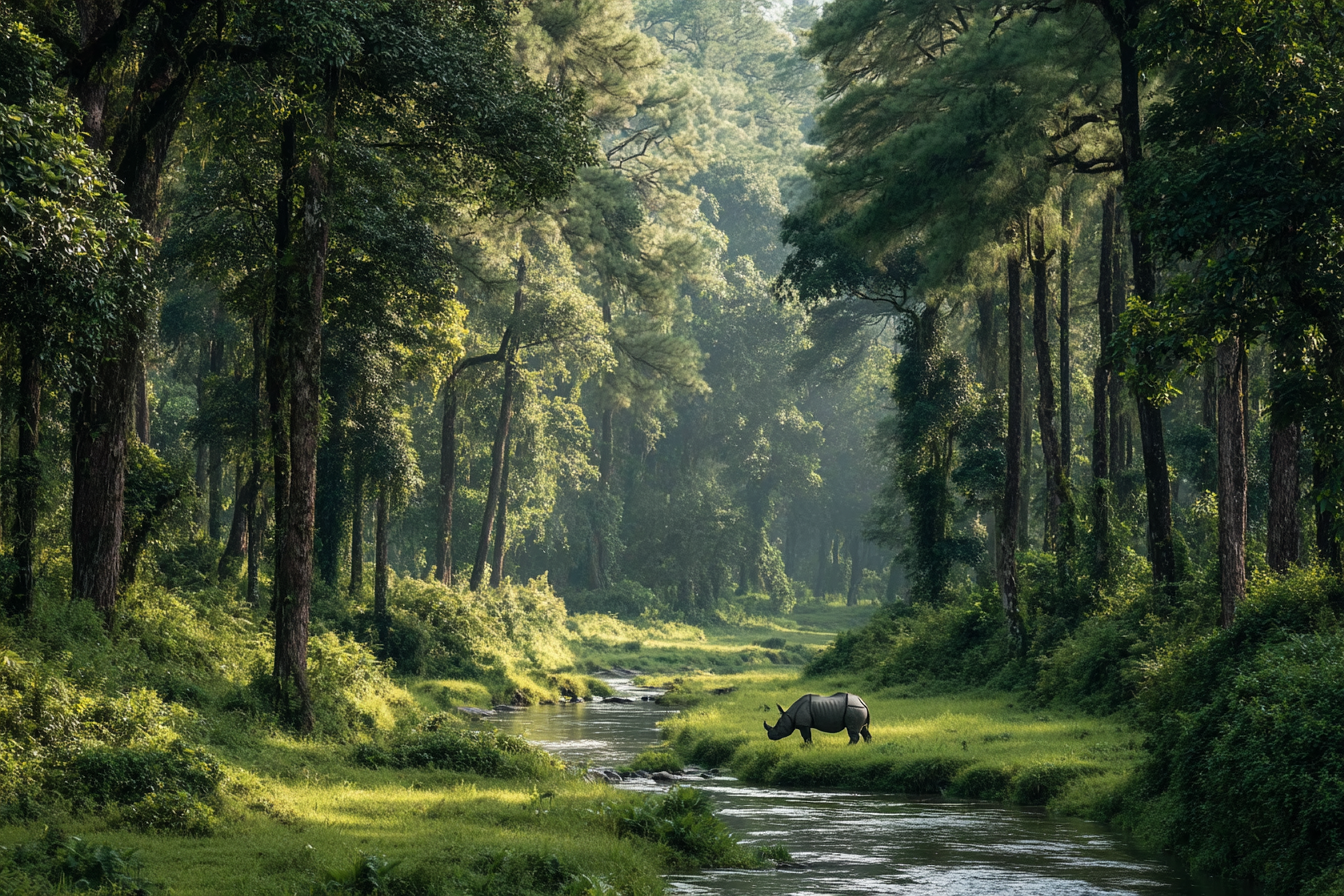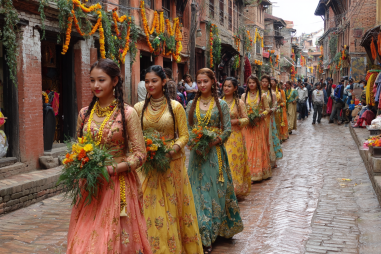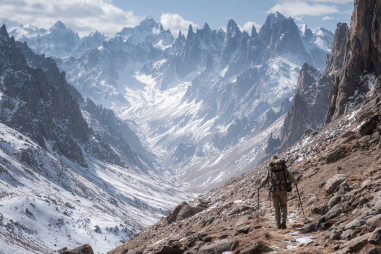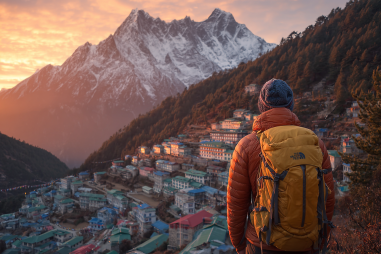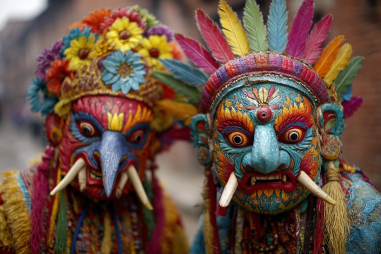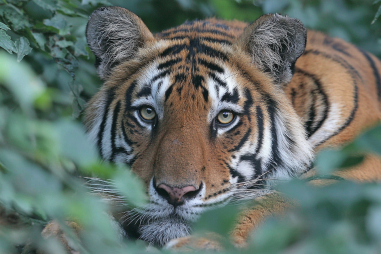Nepal, a country renowned for its towering Himalayan peaks and rich cultural heritage, also boasts an impressive network of national parks dedicated to preserving its extraordinary natural environment. These protected areas offer a sanctuary for a remarkable variety of wildlife and plant species, making Nepal a paradise for nature lovers and wildlife enthusiasts. This guide will take you on a journey through some of Nepal’s most celebrated national parks, highlighting the wildlife you can expect to see, popular activities to enjoy, practical travel tips, and ways to explore these natural wonders responsibly.
Nepal’s Commitment to Conservation
Nepal has long recognized the importance of conserving its unique biodiversity and natural landscapes. Over the decades, the government, along with local communities and international organizations, has established and managed a system of national parks and reserves to protect endangered species and their habitats. These conservation efforts help maintain ecological balance, support sustainable tourism, and promote environmental education. Nepal’s national parks are living examples of successful wildlife preservation, and visiting them offers a glimpse into the country’s dedication to protecting its natural treasures.
A Glimpse into Nepal’s Premier National Parks
Chitwan National Park
Designated as Nepal’s first national park and a UNESCO World Heritage Site, Chitwan National Park is perhaps the most famous wildlife destination in the country. Located in the subtropical Terai region, Chitwan covers an area of about 932 square kilometers and is home to a diverse range of animals, including the elusive Bengal tiger, one-horned rhinoceros, sloth bears, and over 500 species of birds. The park’s lush riverine forests and grasslands create the perfect habitat for these species.
Bardiya National Park
Often overshadowed by Chitwan, Bardiya National Park lies in the far western part of Nepal and offers a more off-the-beaten-path experience. Bardiya features expansive floodplains, dense forests, and riverine habitats. It is known for its thriving populations of tigers, elephants, and the rare Gangetic dolphin. With fewer visitors, Bardiya provides a quieter, more immersive wildlife experience, ideal for travelers seeking solitude in nature.
Langtang National Park
For those who prefer mountainous terrain, Langtang National Park is a spectacular choice. Situated just north of the Kathmandu Valley, this park covers approximately 1,710 square kilometers of rugged landscapes, including glaciers, alpine forests, and high-altitude meadows. Langtang is the first Himalayan national park in Nepal and it hosts diverse species such as red pandas, Himalayan black bears, musk deer, and numerous bird species adapted to high elevations.
Wildlife and Flora You Can Encounter
Across Nepal’s national parks, the diversity of wildlife is truly astounding. Mammals such as the majestic Bengal tiger, one-horned rhinoceros, wild elephants, leopards, clouded leopards, deer species, and monkeys can be spotted through guided tours and safaris. Bird watchers rejoice as well — Nepal’s parks are home to hundreds of bird species, including various types of hornbills, kingfishers, vultures, and migratory birds.
The plant life is equally impressive, ranging from tropical sal forests in the lower regions to rhododendron and oak forests at higher elevations. Langtang National Park’s flora includes bamboo groves, alpine shrubs, and vibrant wildflowers that craft a beautiful, ever-changing canvas throughout the seasons.
Engaging Activities for Nature Enthusiasts
Nepal’s national parks offer a variety of activities designed to connect visitors with nature in exciting and meaningful ways:
- Safari Tours: Jeep safaris, elephant-back rides, and jeep or jeep safaris in Chitwan and Bardiya provide excellent opportunities to spot big cats, rhinos, and wild elephants.
- Bird Watching: With hundreds of bird species, early morning bird watching excursions cater to both casual observers and avid ornithologists.
- Hiking and Trekking: Parks such as Langtang offer well-marked trekking routes that traverse mountainous terrain, taking you through forests, alpine meadows, and traditional villages while offering breathtaking views.
- Boat Rides: In Chitwan, boat safaris on the Rapti River allow visitors to see aquatic wildlife, including crocodiles and Gangetic dolphins.
- Nature Photography: The variety of landscapes and wildlife provides endless opportunities for photographers looking to capture Nepal’s natural beauty.
Entry Fees and Permit Requirements
To maintain the parks and support conservation, visitors are required to pay entry fees, which vary depending on the park and nationality of the visitor. Generally, the fees are higher for foreign tourists compared to Nepali nationals. In addition to park entrance fees, some activities such as safaris or guided hikes may require separate permits or bookings through authorized operators.
It’s advisable to check the latest entry fee structure and permit guidelines prior to travel, as these can change annually. Many parks also offer options to purchase combined permits for multiple days or different activities.
Accommodation Options Near the Parks
Visitors to Nepal’s national parks will find a range of accommodation options tailored to different preferences and budgets:
- Luxury Resorts and Lodges: Particularly near Chitwan and Bardiya, there are eco-friendly lodges and luxury resorts providing comfortable amenities alongside wildlife excursions.
- Mid-Range Hotels and Guesthouses: Several guesthouses and hotels near park entrances offer cozy stays with guided tours available.
- Camping: In Langtang and some other parks, trekking involves camping in designated areas or staying in mountain tea houses, providing a more rustic but adventurous experience.
Booking in advance, especially during peak visiting seasons, is recommended to secure the best options.
Best Times to Explore Nepal’s National Parks
The ideal time to visit can depend on which national park you plan to explore and the activities you wish to pursue. Generally, the best overall periods for wildlife viewing and trekking are during the dry seasons:
- Autumn (September to November): After the monsoon rains, forests are lush and clear skies provide stunning mountain views. Wildlife is active, and the temperate weather is pleasant for treks and safaris.
- Spring (March to May): Temperatures begin to warm, rhododendron forests bloom in the mountains, and animals are more visible during their breeding season.
The winter months (December to February) are cooler and less crowded but can be chilly, especially in higher elevations. The monsoon season (June to August) often brings heavy rain, causing trails to become slippery and river flows to swell, limiting access and wildlife visibility.
Practicing Responsible Tourism
When exploring Nepal’s national parks, it’s essential to adopt responsible tourism practices to minimize your impact and contribute to conservation efforts:
- Respect Wildlife: Maintain a safe distance from animals, avoid loud noises, and do not feed or disturb wildlife.
- Stay on Designated Trails: Stick to marked paths to protect plant life and prevent erosion.
- Use Certified Guides: Hire local, licensed guides who understand the environment and help support local communities.
- Minimize Waste: Carry reusable water bottles, avoid plastic, and take your trash with you.
- Support Local Economy: Choose locally owned accommodations and buy crafts or products from local artisans.
By following these tips, visitors can help ensure that Nepal’s treasured parks remain vibrant and accessible for generations to come.
Embracing Nepal’s Wild Heart
Exploring Nepal’s national parks offers a unique way to experience the country’s natural grandeur, from dense jungles teeming with wildlife to serene alpine valleys rich in biodiversity. Whether you embark on a thrilling jungle safari in Chitwan, encounter rare wildlife in Bardiya, or trek through the majestic landscapes of Langtang, each park promises unforgettable encounters with nature. Beyond the adventure, these protected areas are a testament to Nepal’s commitment to conserving its wild heritage and provide travelers with the chance to connect deeply with the natural world.
For any nature lover, Nepal’s national parks are more than just destinations—they are gateways to appreciating the incredible diversity and beauty of life on Earth.

